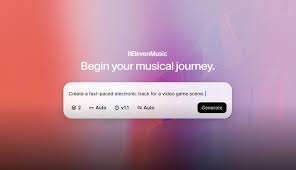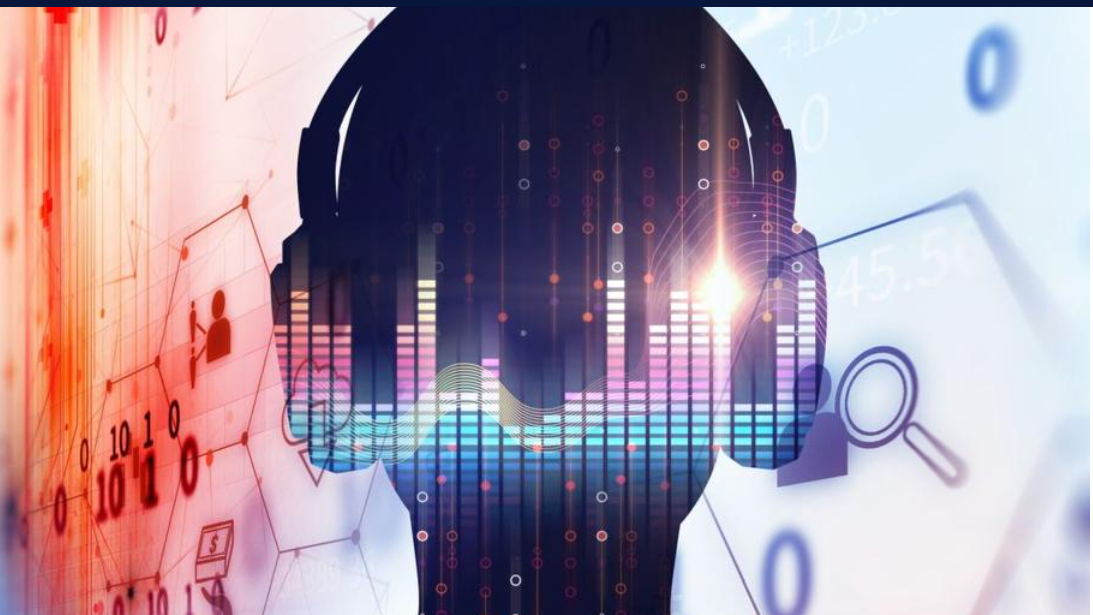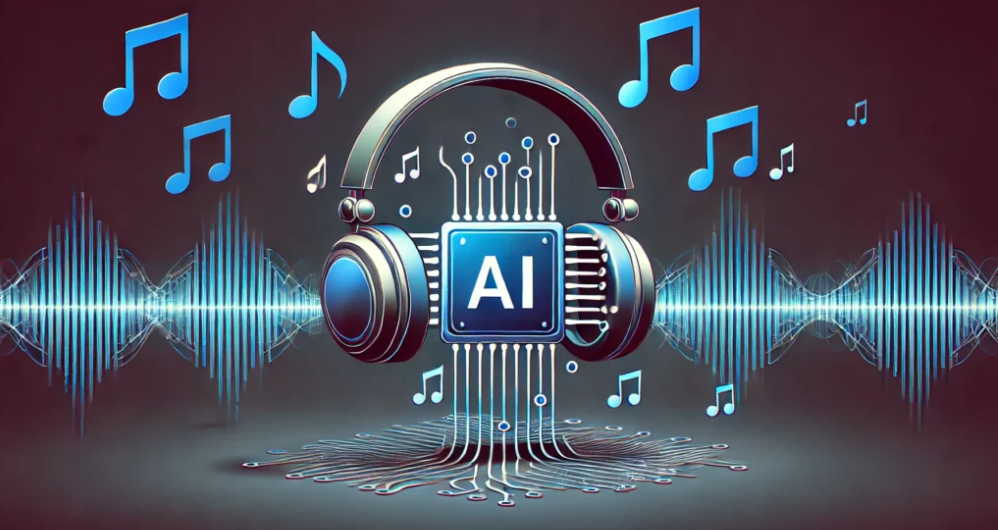Introduction: The Battle Between Algorithms and Editors
In a world overwhelmed with endless playlists, personalized feeds, and algorithmic suggestions, the way we discover music is undergoing a radical transformation. Central to this shift is the rise of AI music curation—the automated selection and organization of music using data-driven models. But does it outperform the nuanced, emotional, and sometimes unexpected touch of human music curators?
In this post, we’ll compare AI music curation vs. human music curation across key factors like personalization, creativity, accuracy, and emotional depth. Whether you're a streaming service, artist, or music lover, understanding the difference will help you decide what kind of recommendation experience works best for your audience.

What Is AI Music Curation?
AI music curation is the use of machine learning algorithms and big data to recommend or organize music. It’s powered by:
Behavioral data (skips, likes, repeats)
Audio features (tempo, key, mood)
Metadata (genre, release year, artist popularity)
Collaborative filtering (what others with similar taste enjoy)
Platforms like Spotify, Deezer, YouTube Music, and Apple Music use AI systems to generate personalized playlists such as Discover Weekly, Daily Mixes, or Release Radar.
What Is Human Music Curation?
Human curation involves trained music editors, DJs, or tastemakers who select and organize songs based on:
Cultural context
Artistic intuition
Genre knowledge
Social trends
Human-curated playlists like Spotify’s RapCaviar, Apple Music’s Today's Hits, or Pitchfork’s Staff Picks still play a major role in influencing global listening behavior.
AI Music Curation: Pros and Cons
? Advantages
Personalization at Scale
AI can process millions of listener behaviors in real time to recommend music tailored to each individual.Speed and Efficiency
Algorithms can curate thousands of playlists instantly—something impossible for humans.Discovery of Hidden Gems
AI can surface obscure or emerging artists based on patterns, not popularity.24/7 Availability
AI curators don’t sleep—perfect for dynamic, constantly updated playlists.
? Limitations
Lack of Context
AI struggles to understand emotional or cultural context behind music.Over-Personalization
Users often get stuck in an echo chamber of similar-sounding songs.No Narrative or Thematic Flow
Human curators often design playlists with a beginning, middle, and end—AI rarely does.
Human Music Curation: Pros and Cons
? Advantages
Emotional Intelligence
Humans can sense nuance, irony, nostalgia, and cultural meaning in ways algorithms can’t.Narrative Flow
Great playlists often tell a story or match a journey (e.g., heartbreak, celebration, rebellion).Genre Depth & Diversity
Human curators can tap into niche genres, scenes, and historical knowledge.Trendspotting
Tastemakers can recognize emerging movements before data does.
? Limitations
Scalability
A single editor can only make so many playlists.Bias and Subjectivity
Human curation is shaped by personal taste, which can overlook hidden talent or new genres.Slower Response Time
Editorial updates may lag behind fast-moving trends unless there's an entire team involved.
How Streaming Services Use Both (Hybrid Curation)
Most modern streaming platforms use a hybrid approach:
Spotify uses AI to power personal playlists like “Discover Weekly” but leans on editorial teams for playlists like “Fresh Finds.”
YouTube Music uses algorithmic suggestions paired with human-verified playlists.
Apple Music has heavily invested in editorial-driven recommendations, often prioritizing emotion and storytelling.
TIDAL and Qobuz promote high-quality audio with a more editorially curated experience.
This hybrid model reflects the strengths of both systems—scaling AI’s speed and personal insight while preserving the human touch that drives emotional connection.
Real Data: How Listeners Respond
According to a 2024 survey by MusicWatch:
62% of users prefer playlists generated by AI for discovery and background music
74% of users trust human-curated playlists for mood and emotional listening
41% of Gen Z users believe AI understands their taste better
85% of listeners said they enjoy a mix of both human and algorithmic playlists
Use Cases: When to Use AI vs. Human Curation
| Use Case | AI Music Curation | Human Music Curation |
|---|---|---|
| Daily background music | ? Yes | ? Not scalable |
| Emotional mood (e.g., heartbreak) | ? Lacks depth | ? Strong narrative insight |
| Niche genre playlists | ? With enough data | ? With expertise |
| Trend-based playlists (viral) | ? For speed | ? For context |
| Artist development playlists | ? Overlooks new voices | ? Better for spotlighting |
| Personalized discovery | ? Core strength | ? Too slow to scale |
The Future of Music Curation: Human-AI Collaboration
The future isn’t AI vs. human—it’s AI + human. Streaming services are now investing in tools that let human editors guide the algorithm, making curation more:
Emotionally aware
Culturally relevant
Dynamically adaptive
Expect to see more “editor-guided algorithmic curation”, where humans seed the playlist and AI fine-tunes it per user.
Conclusion: Which Is Better?
It depends on the goal.
For efficient discovery, AI music curation is unmatched in scale and speed.
For emotional depth, cultural context, and artist spotlighting, human curation is essential.
The real magic happens when both systems collaborate, giving listeners the best of both worlds: relevance, personality, and surprise.
In 2025 and beyond, music isn’t just data—it’s emotion. And that’s something only humans (for now) truly understand—unless we teach AI to feel, too.
FAQs: AI vs. Human Music Curation
Can AI curate better music than humans?
Not always. It depends on the use case. AI is great for personalization; humans are better at emotional storytelling.
Why do some playlists feel robotic?
They're likely 100% algorithmically generated, without human input or cultural nuance.
Is AI music curation replacing editors?
No. Most platforms use a hybrid model that includes human input for key playlists and genres.
How does AI know what I like?
Through machine learning based on your listening habits, likes, skips, and replays.
Will AI understand music emotion someday?
It’s getting better. But real emotional depth and context still favor human curation.
Learn more about AI MUSIC








